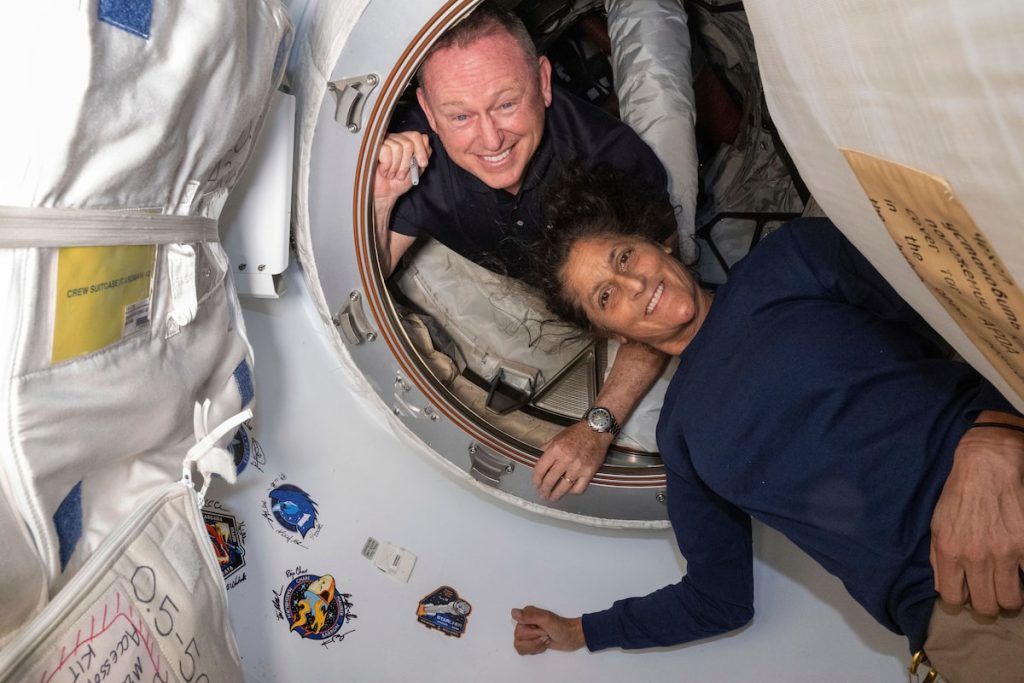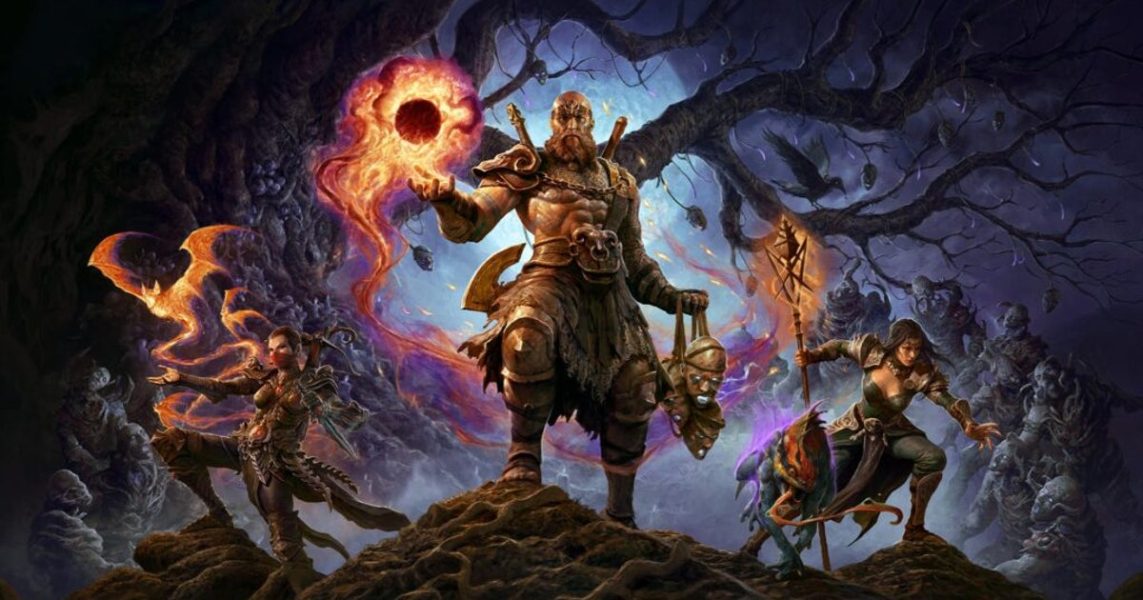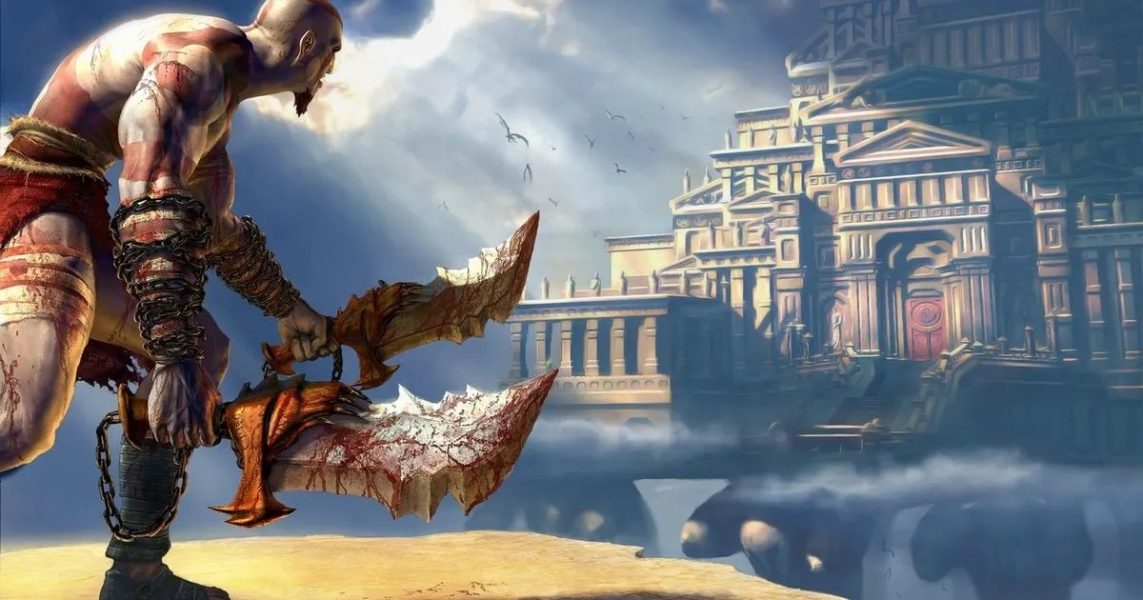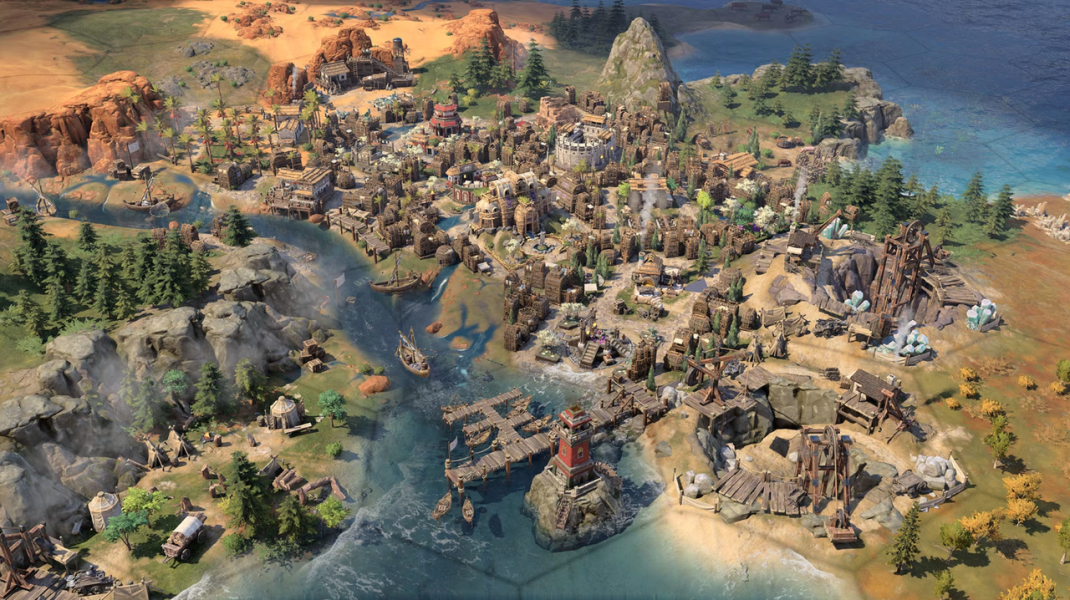Opinion: Astronauts stranded by Boeing are set to finally come home. But the company remains lost – The Globe and Mail

Boeing astronauts Butch Wilmore, left, and Suni Williams pose for a portrait inside the vestibule between the forward port on the International Space Station’s Harmony module and Boeing’s Starliner spacecraft on June 13, 2024.The Associated PressGus Carlson is a U.S.-based columnist for The Globe and Mail.If they’re lucky, Butch Wilmore and Suni Williams don’t read the news very often.If they do, the two astronauts stranded on the International Space Station since last spring after their Boeing BA-N Starliner spaceship broke down might be wondering – even worrying – if they will ever get home again.The news from Boeing about its Starliner program in the past couple of weeks must be discouraging even for the two highly trained veteran U.S. Navy aviators, test pilots and space travellers. In regulatory filings this week, the troubled aircraft manufacturer said its space unit lost US$523-million in 2024 – its largest single-year loss to date.That means the program has lost more than US$2-billion since it signed its commercial crew contract with NASA in 2019. And the company said it expects the losses will continue to pile up this year, though it has declined to give financial guidance for 2025.In its filing, Boeing said “there is ongoing risk that similar losses may have to be recognized in future periods.” That gloomy prediction reflects a somewhat muddy future for the next mission in the Starliner programAs if the financial woes weren’t enough of a Major Tom moment for the stranded astronauts, two weeks ago Starliner made a remarkable move: promoting the program manager who oversaw the designs linked to many of its recent problems to run the program going forward.In most any other company, rewarding poor performance – even failure – wouldn’t fly with stakeholders. But this is Boeing, after all, which has demonstrated time and again breathtakingly off-course decision-making at both the board of directors and executive management levels.Just look at the tenure of disgraced former chief executive Dave Calhoun, a banker with no aircraft manufacturing experience under whose leadership the company put cost-cutting ahead of quality control. The strategy led to a flawed manufacturing process linked to high-profile quality issues with its commercial jetliners, including the now infamous mid-air fuselage door failure aboard an Alaska Airlines Boeing 737 MAX 9 last year.The decision to appoint John Mulholland to the key role at Starliner seems to support the proverbial definition of insanity as doing the same thing over and over and expecting a different outcome.To be clear, Mr. Mulholland, who led the Starliner program from 2011 to 2020, was not in charge during the program’s most recent problems. That legacy belongs to Mark Nappi, who ran the program since 2022.But Mr. Mulholland’s fingerprints can be found all over the scene. Stephen Clark, a space reporter for the tech publication, Ars Technica, who has been following the Starliner saga, uncovered some disturbing history around the new program manager.Under Mr. Mulholland’s leadership, he reported this week, software problems foiled a 2019 Starliner test flight from reaching the ISS and valves in the ship’s service module were found to be susceptible to corrosion.Two months before a crew test flight in 2023, a potential catastrophe was averted when inspectors found problems with the ship’s parachutes and that Boeing had installed flammable tape in its cockpit.Fast-forward to the valve problems that stranded Mr. Wilmore and Ms. Williams last year. They were traced to the design of the spacecraft’s propulsion pods – a system that was approved early in the program on Mr. Mulholland’s watch.The Starliner program has generated bad news most of its existence. Since 2014, when NASA awarded Boeing its nearly $5-billion development contract, the program has posted losses almost every year.Last spring, Boeing’s first crew flight with Mr. Wilmore and Ms. Williams aboard failed when the spaceship’s propulsion system malfunctioned. While Starliner delivered the astronauts to the ISS, NASA refused to let the ship bring them back to earth.Adding insult to injury, the space agency said it would use a SpaceX Dragon rocket ship – Starliner’s main rival – to rescue the astronauts early this year, likely in spring. SpaceX, founded by Elon Musk, has flown 10 crew missions for NASA.NASA has also put Boeing on notice that it needs to get its house in order before clearing it for future missions. “The timing and configuration of Starliner’s next flight will be determined once a better understanding of Boeing’s path to system certification is established,” the agency said.Based on Boeing’s track record, that path promises to be long and bumpy. In the meantime, at least Mr. Wilmore and Ms. Williams have a good chance of getting another ride home.Report an editorial errorReport a technical issueEditorial code of conductStudy and track financial data on any traded entity: click to open the full quote page. Data updated as of 07/02/25 6:40pm EST.Authors and topics you follow will be added to your personal news feed in Following.© Copyright 2025 The Globe and Mail Inc. All rights reserved.Andrew Saunders, President and CEO



